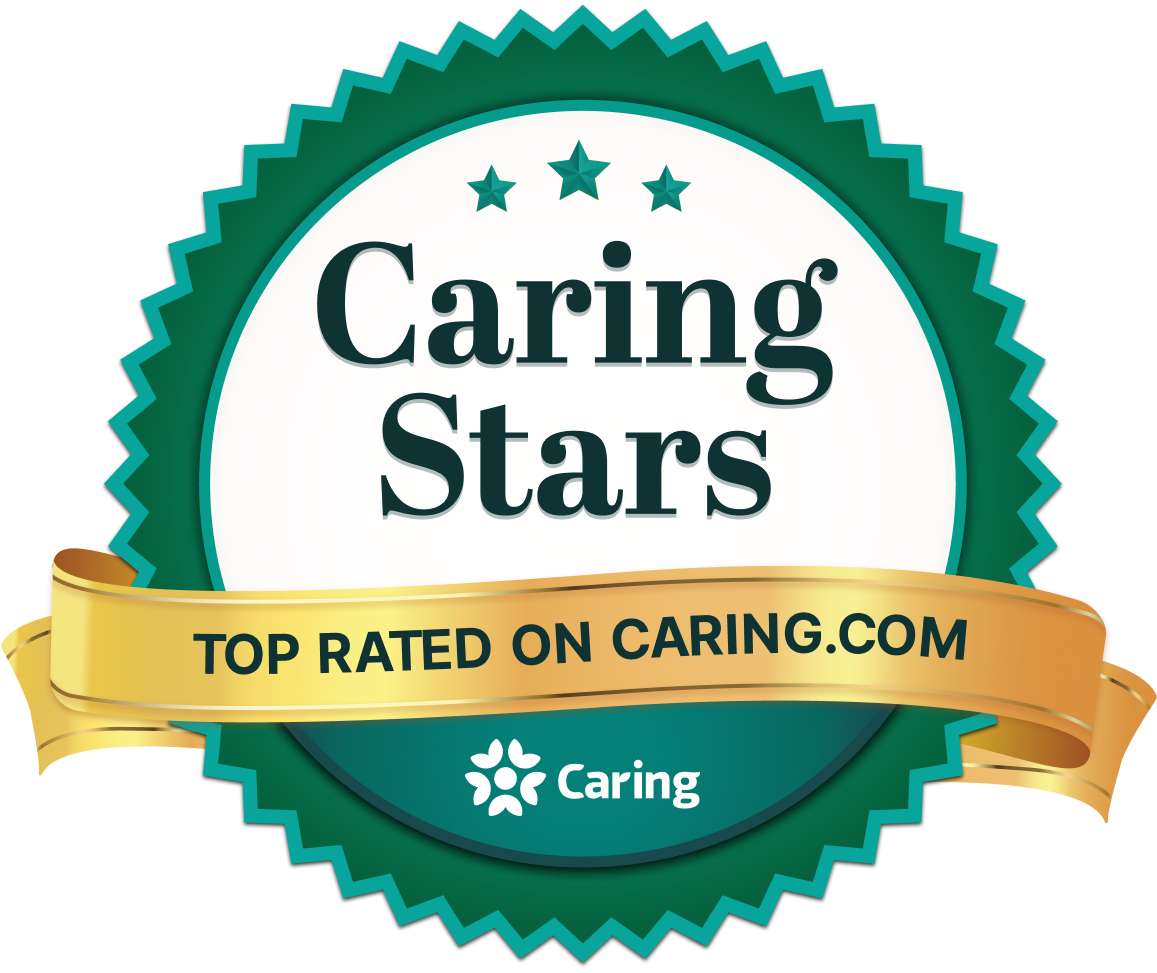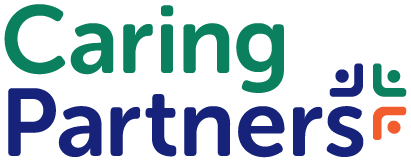Georgia Mitchell
National Sales Director - Home Care, Home Health, Hospice
Georgia Mitchell leads Caring.com's sales team for Home Care, Home Health, and Hospice. With decades of sales leadership experience, Georgia has a demonstrated history in business development and team leadership.
Articles and Webinars
by Expert Contributor

by Expert Contributor
Articles and Webinars
Browse Resource Categories
Showcase Your Senior Living Community & Boost Sales Today!
Join us as a Caring Partner for access to our insider tools.

